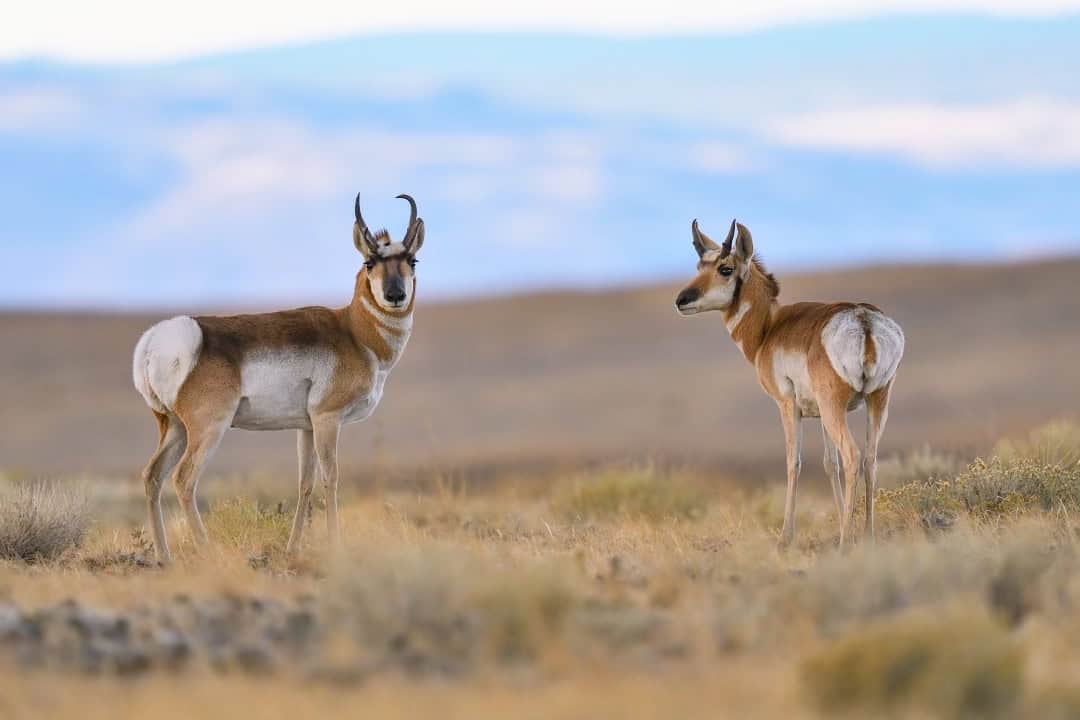Share this article
Thoughts from the Executive Director
In previous communications I have mentioned that our current strategic plan is built around five broad themes, namely the conservation and sustainability of wildlife, TWS leadership in the conservation community, service to our members, integration and networking among the Society’s organizational units, and sound business management for the Society. Over the last couple of years, I believe we have made important strides in all these areas. I am especially proud of the advances we have made in conferencing, information sharing through our e-communications infrastructure, the buildout of the Conservation Affairs Network, and wholesale improvements in our business and financial management. These and many other advances have positioned the Society on a path of sustained growth for the future.
One area that I believe deserves special recognition is the rapid expansion of our networking and partnership development. An emphasis on this work is clearly reflected in our strategic plan, most notably in the leadership theme that emphasizes connecting to partners in the conservation community and strengthening our voice through our leadership on wildlife issues.
It is worth remembering where we were a few years ago, as we struggled to emerge from our financial and programmatic difficulties in the aftermath of the 2008 market collapse and the recession that followed it. In order to right the financial ship, the Society had reduced or curtailed many of its programs, including a retrenchment of activities with partners and potential partners. By the beginning of 2013 our engagement in the natural resources community was mostly limited to membership in a few coalitions like the Theodore Roosevelt Conservation Partnership Policy Council and the American Wildlife Conservation Partners.
How the times have changed since then. Our Government Affairs and Partnerships Directorate has been reorganized and reinvigorated, and some of its previous staffing losses have been recovered as Directorate programs have expanded. We now are well along in implementing the Conservation Affairs Network, expanding our role with traditional partners like TRCP and AWCP, and building relationships with new partners. We have established ongoing partnership arrangements with the U.S. Forest Service, USDA Wildlife Services, U.S. Geological Survey, and the American Public University. We are working to establish formal agreements with other federal agencies, including the U.S. Fish and Wildlife Service. And we just recently signed a 4-way Memorandum of Understanding with the American Fisheries Society, the Cooperative Research Units, and the Fish and Wildlife Service that outlines common interests and opportunities for collaboration.
Of course, our partnership initiatives don’t stop there; we have invested quite a lot of time and effort in partnering with other conservation organizations as well. For example, The Society serves on the Board of Directors of the National Conservation Leadership Institute and chairs the National Horse and Burro Rangeland Management Coalition. It is represented on the Steering Committees of Teaming With Wildlife, the North American Bird Conservation Initiative, and the National Cooperators Coalition for the Cooperative Research Units. We are proud to have Ducks Unlimited as a TWS sponsor, along with the National Wild Turkey Federation and the Rocky Mountain Elk Foundation. Certainly, one of our most promising collaborations is with Association of Fish and Wildlife Agencies and the regional associations. We are exploring new approaches to partnering with the Conservation Leaders for Tomorrow, the American Fisheries Society, the Wildlife Management Institute, and the National Association of University Fish and Wildlife Programs, and the Bureau of Land Management.
These and other efforts are indicative of the rapid growth TWS has experienced, and is experiencing, in partnership development, as we position ourselves in the conservation community and seek to strengthen our voice in support of wildlife and wildlife professionals. They are obvious expressions of the “partnership” theme TWS President Potts identified for his administration, along with the theme of “Expanding the Partnership” for this year’s annual TWS conference.
As they are developed, it is important to give these partnerships the time and focus they deserve and require. Among other things that means dedicating Society staff and resources to our collaboration with partners. As the Society continues its growth in membership, conferencing, and other programs, we must recognize and plan for the resource needs that will be required to do so, and balance them against other important needs.
Thus far, there’s a lot to be proud of. Let’s work together to carry the momentum forward into the future.








